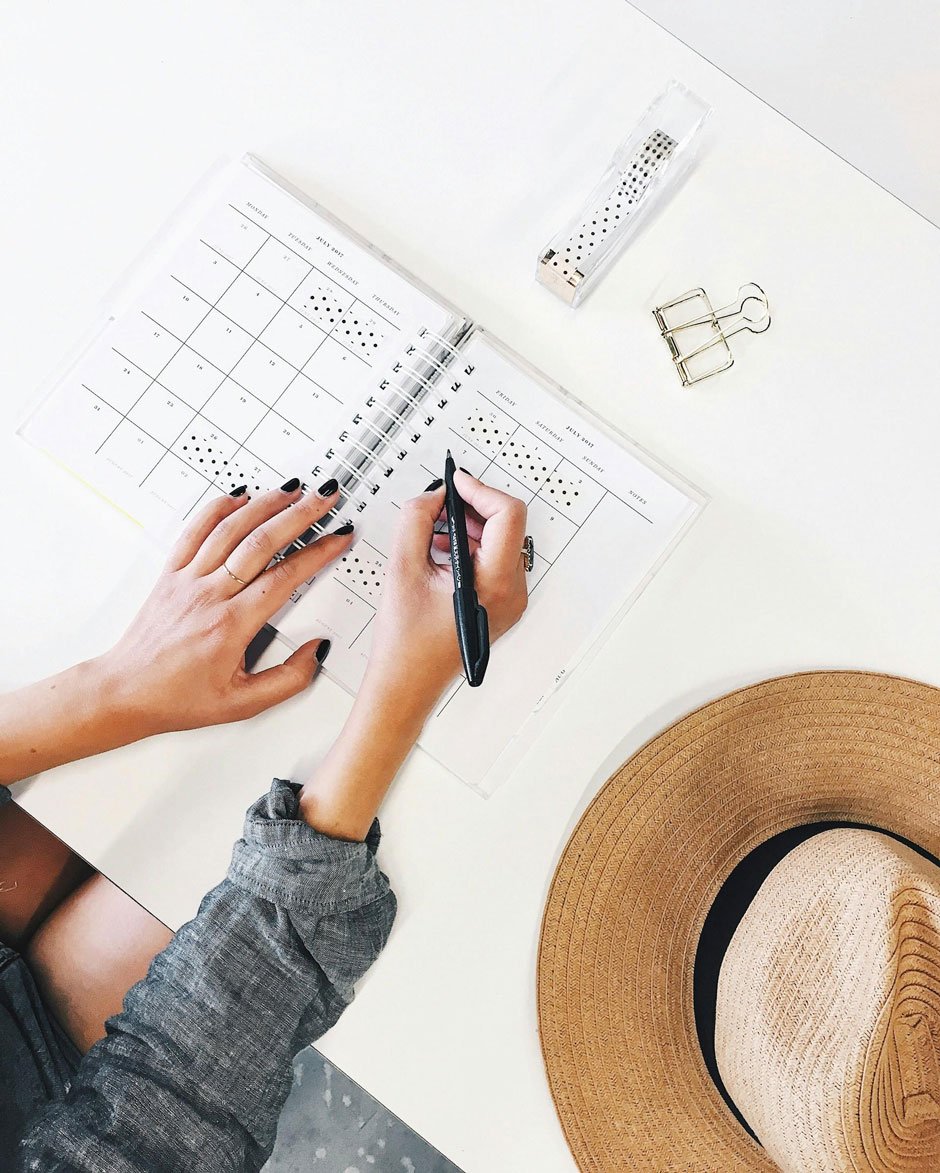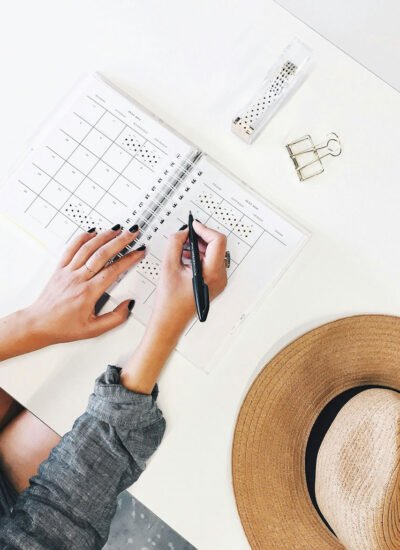 Let’s face it: life can be chaotic. Between juggling work, family, and all the other little things that demand your attention, who has the time to sit down and hash out a detailed budget? But here’s the thing – if you want to get your financial life in order without adding more stress to your already packed schedule, a simple budget can actually save you time, money, and a lot of headaches. The best part? You don’t have to be a finance expert to make it work.
Let’s face it: life can be chaotic. Between juggling work, family, and all the other little things that demand your attention, who has the time to sit down and hash out a detailed budget? But here’s the thing – if you want to get your financial life in order without adding more stress to your already packed schedule, a simple budget can actually save you time, money, and a lot of headaches. The best part? You don’t have to be a finance expert to make it work.
In this article, we’re diving into practical budgeting strategies that even the busiest people can follow. We’ll also explore how to use your checking and savings accounts strategically so you’re not constantly scrambling to manage your money. Ready to take control of your finances? Let’s go.
What’s the Big Deal with Budgeting, Anyway?
You might be thinking: “Why bother? I’m just getting by day to day!” Well, here’s the thing: budgeting doesn’t have to be an endless spreadsheet of numbers. It’s more about being intentional with your money so you can make the most of it, without missing out on the fun stuff.
A good budget helps you:
- Track your income and expenses.Knowing where your money is going (and why) gives you a clearer picture of your financial health.
- Save for the future.Whether it’s for a vacation, an emergency fund, or retirement, budgeting helps you set aside money for your goals.
- Avoid overspending.You’ll be surprised how many times we spend mindlessly when we don’t have a plan in place.
In short, budgeting saves you from living paycheck to paycheck, helps you reduce stress, and lets you enjoy life without constantly worrying about money. But where do you even begin? That’s where understanding the tools of budgeting comes in, specifically, your checking and savings accounts.
Checking vs. Savings Accounts: What’s the Difference?
Before you start budgeting, it helps to know the difference between two key financial tools: checking accounts and savings accounts. These aren’t just bank jargo – they’re crucial to your budgeting strategy.
So, what are the main differences between a checking and savings account? Let’s break it down:
Checking Accounts are like your everyday wallet. You use them to pay bills, make purchases, and transfer money around. There are no limits on how often you can withdraw or transfer funds, which makes it super convenient for daily expenses. But because there’s easy access to your cash, it can be tempting to dip into it more often than you’d like.
Savings Accounts, on the other hand, are designed for, well, saving. They come with limited access (sometimes you can only withdraw a certain number of times a month), but that’s a good thing if you’re trying to save instead of spend. Plus, savings accounts usually offer interest, which means your money grows over time.
So, how do you use these accounts together? Simple: checking accounts handle your day-to-day transactions, while savings accounts are where you stash away money for long-term goals: emergencies, vacations, or future purchases.
Pro Tip: Set up automatic transfers from your checking to your savings. This way, you’re always putting money aside for your future – even if it’s just a small amount.
Simple Budgeting Tips for Busy People
Now that we’ve got the basics down, let’s talk about some quick and easy ways to budget without burning out. The goal is to make budgeting work for you, not the other way around. Here’s how:
1. Automate Everything You Can
Okay, we know you’re busy. The last thing you need is to remember to transfer money every payday. That’s why automating your finances is a game-changer. Set up automatic transfers from your checking account to your savings account. If you can, also automate your bill payments. Many services offer automatic payments for utilities, subscriptions, and even credit cards. This way, you’re never late, and you never have to think about it.
2. Try the 50/30/20 Rule
You don’t need a complicated formula to budget – just follow the 50/30/20 rule. It’s simple:
- 50% for needs.This includes rent, utilities, groceries, and any other essential expenses.
- 30% for wants.This is for things like dining out, entertainment, and other non-essentials.
- 20% for savings and debt repayment.Put this portion of your income toward building your emergency fund, saving for future goals, or paying off credit card debt.
You can break this down further by using your checking account for the “needs” and “wants” sections, while automatically transferring your “savings” portion into your savings account.
3. Build Your Emergency Fund (No, Seriously)
Life doesn’t always go according to plan. Car breaks down? Unexpected medical bill? Having an emergency fund gives you peace of mind knowing you’re covered when life throws you a curveball. But how do you start when every dollar feels stretched thin? Begin with small, consistent contributions to your savings account. Even if it’s $20 a week, it adds up. And over time, that small habit can turn into a solid financial cushion.
4. Separate Your Fun Money from Your Essentials
Ever get to the end of the month and wonder where all your money went? If you’re not keeping track of your spending, it can disappear pretty quickly. Here’s an easy fix: separate your spending categories. Put the essentials (rent, bills, groceries) in your checking account, and have your savings automatically deducted. Then, use a portion of your checking account for fun stuff, like a night out or a shopping spree, without feeling guilty. It’s all part of the budget.
Budgeting Challenges for Busy People: How to Overcome Them
Even with all these tips, budgeting still isn’t a walk in the park, especially when life gets in the way. So, how do you keep your financial plans on track without stressing out?
Flexibility Is Key
Things change, unexpected expenses pop up, income fluctuates, and sometimes you just need to splurge. The key to successful budgeting is flexibility. Your budget isn’t set in stone. If you overspend one month, adjust the next month’s budget to compensate. Just make sure you keep saving, even if it’s a small amount.
Set Realistic Goals
Instead of trying to tackle everything at once, focus on one goal at a time. Want to pay off credit card debt? Focus on that first. Want to build an emergency fund? Make that your priority. Small, manageable goals are easier to stick to, and you’ll feel more accomplished when you hit them.
Wrapping It Up: Budgeting Doesn’t Have to Be Hard
At the end of the day, budgeting isn’t about restricting yourself – it’s about giving yourself the freedom to enjoy life without constantly worrying about money. And when you use your checking and savings accounts wisely, budgeting can become a habit that makes life just a little bit easier. So, automate what you can, separate your essentials from your fun, and remember: it’s all about progress, not perfection.
Ready to take the first step? Start small, stay consistent, and you’ll be budgeting like a pro in no time.





Leave a Reply